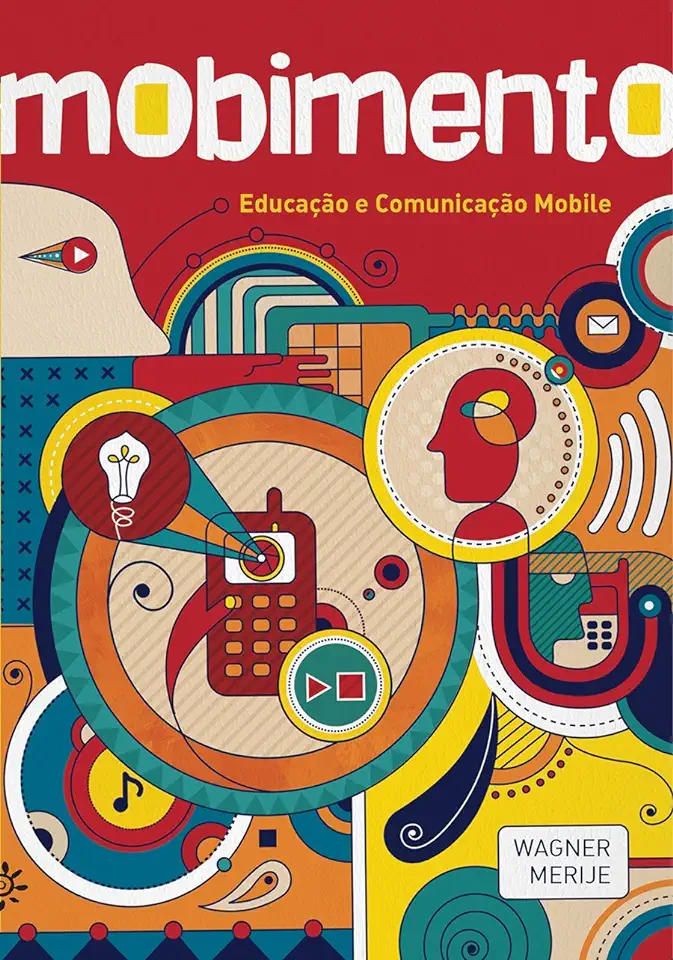
Movement: Mobile Education and Communication - Wagner Merije
Movement: Mobile Education and Communication by Wagner Merije
A Revolutionary Approach to Education and Communication
In a world where technology is rapidly changing the way we live, learn, and communicate, Wagner Merije's book, "Movement: Mobile Education and Communication," offers a groundbreaking vision for the future of education and communication. Merije argues that mobile technology has the potential to revolutionize the way we learn and communicate, and he provides a comprehensive framework for harnessing the power of mobile technology to create more effective and engaging learning experiences.
Key Concepts and Ideas
Merije's book is based on the following key concepts and ideas:
- Mobile learning: Mobile learning is a type of learning that takes place on mobile devices, such as smartphones and tablets. Mobile learning is often more flexible and convenient than traditional forms of learning, and it can be used to support a variety of learning activities, such as accessing course materials, completing assignments, and collaborating with classmates.
- Mobile communication: Mobile communication is a type of communication that takes place on mobile devices. Mobile communication can be used for a variety of purposes, such as staying in touch with friends and family, sharing information, and conducting business.
- The flipped classroom: The flipped classroom is a type of learning environment in which students learn new material at home, and then come to class to apply their knowledge and collaborate with their classmates. The flipped classroom can be used to support mobile learning, and it can help to create more active and engaging learning experiences.
- Blended learning: Blended learning is a type of learning that combines online learning with traditional face-to-face instruction. Blended learning can be used to support mobile learning, and it can help to create more flexible and personalized learning experiences.
Benefits of Mobile Education and Communication
Merije argues that mobile education and communication offer a number of benefits over traditional forms of education and communication, including:
- Increased flexibility: Mobile learning and communication can be accessed from anywhere, at any time. This makes it possible for students to learn and communicate on their own terms, and it can help to break down barriers to education for students who live in remote areas or who have busy schedules.
- Increased convenience: Mobile learning and communication are very convenient. Students can access course materials, complete assignments, and collaborate with classmates without having to go to a physical classroom. This can save students time and money, and it can make it easier for students to fit learning into their busy lives.
- Increased engagement: Mobile learning and communication can be very engaging. Mobile devices offer a variety of features that can be used to create interactive and engaging learning experiences, such as videos, games, and simulations. This can help to keep students motivated and interested in learning.
- Increased personalization: Mobile learning and communication can be personalized to meet the needs of individual students. Students can choose the learning materials that are most relevant to them, and they can learn at their own pace. This can help to create more effective and efficient learning experiences.
Conclusion
Wagner Merije's book, "Movement: Mobile Education and Communication," is a must-read for anyone who is interested in the future of education and communication. Merije provides a comprehensive framework for harnessing the power of mobile technology to create more effective and engaging learning experiences. If you are looking for a book that will inspire you to think differently about education and communication, then I highly recommend "Movement: Mobile Education and Communication."